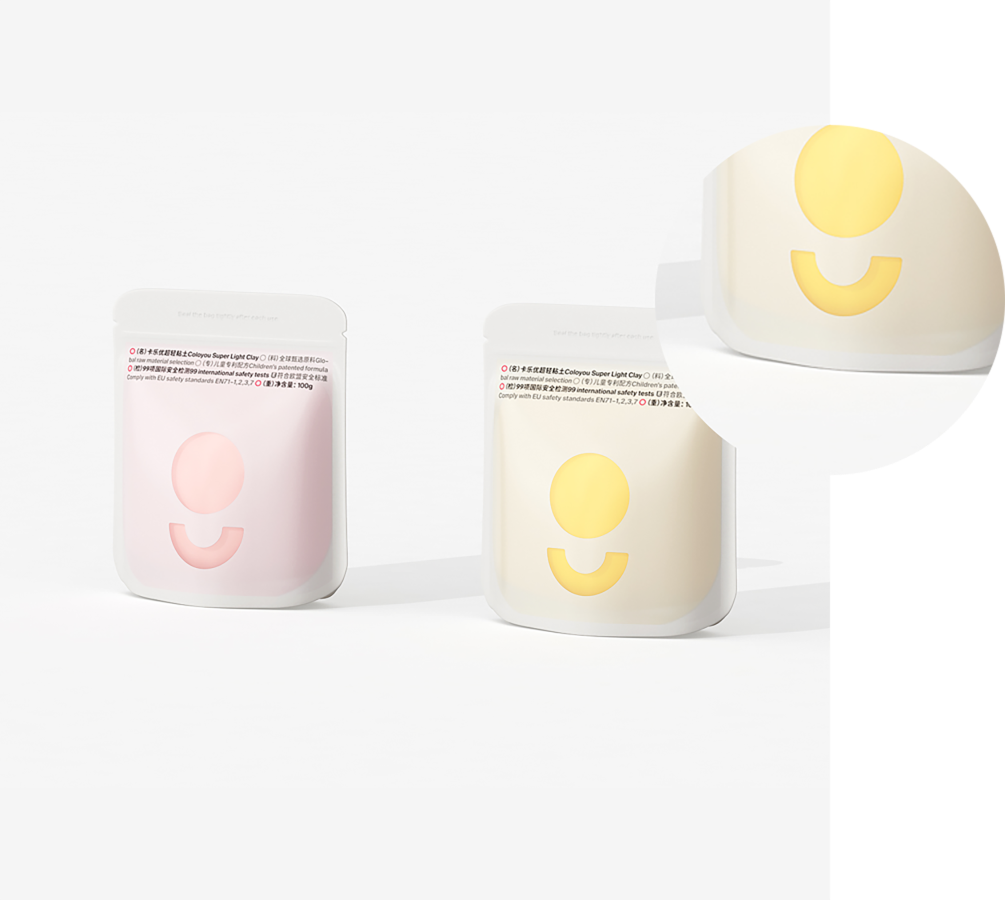- Afrikaans
- Albanian
- Amharic
- Arabic
- Armenian
- Azerbaijani
- Basque
- Belarusian
- Bengali
- Bosnian
- Bulgarian
- Catalan
- Cebuano
- chinese_simplified
- chinese_traditional
- Corsican
- Croatian
- Czech
- Danish
- Dutch
- English
- Esperanto
- Estonian
- Finnish
- French
- Frisian
- Galician
- Georgian
- German
- Greek
- Gujarati
- haitian_creole
- hausa
- hawaiian
- Hebrew
- Hindi
- Miao
- Hungarian
- Icelandic
- igbo
- Indonesian
- irish
- Italian
- Japanese
- Javanese
- Kannada
- kazakh
- Khmer
- Rwandese
- Korean
- Kurdish
- Kyrgyz
- Lao
- Latin
- Latvian
- Lithuanian
- Luxembourgish
- Macedonian
- Malgashi
- Malay
- Malayalam
- Maltese
- Maori
- Marathi
- Mongolian
- Myanmar
- Nepali
- Norwegian
- Norwegian
- Occitan
- Pashto
- Persian
- Polish
- Portuguese
- Punjabi
- Romanian
- Russian
- Samoan
- scottish-gaelic
- Serbian
- Sesotho
- Shona
- Sindhi
- Sinhala
- Slovak
- Slovenian
- Somali
- Spanish
- Sundanese
- Swahili
- Swedish
- Tagalog
- Tajik
- Tamil
- Tatar
- Telugu
- Thai
- Turkish
- Turkmen
- Ukrainian
- Urdu
- Uighur
- Uzbek
- Vietnamese
- Welsh
- Bantu
- Yiddish
- Yoruba
- Zulu
Effective Techniques for Retort Canning Safety and Preservation of Food Quality
Understanding Retort Canning A Safe and Efficient Preservation Method
Retort canning is a highly effective method used in the food industry for preserving a wide variety of products. This process involves sealing food in containers and then heating them to destroy harmful microorganisms, ensuring safety and extending shelf-life. Retort canning not only benefits commercial food producers but also has applications for home canners and small-scale food processors.
The retort itself is a specialized pressure cooker designed for sterilizing food in hermetically sealed containers such as cans, jars, or pouches. The primary purpose of retort canning is to maintain the nutritional quality and flavor of the food while preventing the growth of bacteria, yeasts, and molds, which can lead to spoilage and foodborne illnesses.
One of the key advantages of retort canning is its ability to create a vacuum seal. This vacuum seal is crucial because it prevents recontamination once the food is sealed and cooled. The heating process also eliminates oxygen within the container, significantly slowing down the oxidation process and preserving the food's freshness. This method is especially popular for canning meats, vegetables, soups, and sauces, making it a versatile option for food manufacturers.
The Process of Retort Canning
The retort canning process typically unfolds in several stages
1. Preparation The food is washed, cut, or prepared as needed. Ingredients may include vegetables, meats, and seasonings, which are often mixed together before canning. This phase also includes filling the containers with the prepared food and adding any necessary liquids such as brine or sauces.
2. Sealing Once the containers are filled, they are sealed tightly. If using jars, this involves screwing on lids or using a vacuum sealer for pouches. Achieving an airtight seal is crucial to the success of the retort canning process.
retort canning

3. Sterilization The sealed containers are then placed in the retort. The temperature inside the retort must reach at least 121°C (250°F) under pressure to effectively kill bacteria and spores. The duration of this process can vary depending on the type of food being canned and the size of the containers, but it typically ranges from 30 minutes to several hours.
4. Cooling After sterilization, the containers are rapidly cooled, usually by spraying them with water. This cooling process helps maintain the quality of the food inside and ensures the integrity of the vacuum seal.
5. Storage Once cooled, the canned products can be labeled and stored in a cool, dark place. Properly processed and sealed retort canned foods can last for several years without refrigeration.
Advantages of Retort Canning
One of the most significant benefits of retort canning is food safety. By eliminating pathogens through thorough heating, this method ensures that canned food products are safe for consumption even long after their production date. Moreover, retort canning allows for the preservation of food's texture, taste, and nutritional value, making it an excellent choice for both consumers and producers.
Additionally, the efficiency of retort canning can lead to fewer preservatives being used, resulting in healthier food options. It is also an environmentally friendly choice, as it reduces food waste by enabling long-term storage.
In conclusion, retort canning represents a reliable and effective method of food preservation. Whether for large-scale food production or home canning endeavors, understanding the principles behind retort canning can empower individuals and businesses alike to provide safe and nutritious food products. As food preservation technology continues to evolve, retort canning remains a cornerstone of modern food safety practices, ensuring that we can enjoy a wide array of flavors and nutrients throughout the year.













